Complex Injuries
Back Clinic Complex Injuries Chiropractic Team. Complex injuries happen when people experience severe or catastrophic injuries, or whose cases are more complex due to multiple trauma, psychological effects, and pre-existing medical histories. Complex injuries can be serial injuries of the upper extremity, severe soft tissue trauma, and concomitant (naturally accompanying or associated), injuries to vessels or nerves. These injuries go beyond the common sprain and strain and require a deeper level of assessment that may not be easily apparent.
El Paso, TX’s Injury specialist, chiropractor, Dr. Alexander Jimenez discusses treatment options, as well as rehabilitation, muscle/strength training, nutrition, and getting back to normal body functions. Our programs are natural and use the body’s ability to achieve specific measured goals, rather than introducing harmful chemicals, controversial hormone replacement, unwanted surgeries, or addictive drugs. We want you to live a functional life that is fulfilled with more energy, a positive attitude, better sleep, and less pain. Our goal is to ultimately empower our patients to maintain the healthiest way of living.
Health & Immunity Series 1of 4 | El Paso, Tx (2020)
If you have enjoyed this video and/or we have helped you in any way
please feel free to subscribe and share us.
Thank You & God Bless.
Dr. Alex Jimenez RN, DC, MSACP, CCST
Subscribe: http://bit.ly/drjyt
Facebook Clinical Page: https://www.facebook.com/dralexjimenez/
Facebook Sports Page: https://www.facebook.com/pushasrx/
Facebook Injuries Page: https://www.facebook.com/elpasochiropractor/
Facebook Neuropathy Page: https://www.facebook.com/ElPasoNeuropathyCenter/
Facebook Fitness Center Page: https://www.facebook.com/PUSHftinessathletictraining/
Yelp: El Paso Rehabilitation Center: http://goo.gl/pwY2n2
Yelp: El Paso Clinical Center: Treatment: https://goo.gl/r2QPuZ
Clinical Testimonies: https://www.dralexjimenez.com/category/testimonies/
Information:
Clinical Site: https://www.dralexjimenez.com
Injury Site: https://personalinjurydoctorgroup.com
Sports Injury Site: https://chiropracticscientist.com
Back Injury Site: https://elpasobackclinic.com
Rehabilitation Center: https://www.pushasrx.com
Functional Medicine: https://wellnessdoctorrx.com
Fitness & Nutrition: http://www.push4fitness.com/team/
Twitter: https://twitter.com/dralexjimenez
Twitter: https://twitter.com/crossfitdoctor
The Functional Fitness Fellas | What is it? & Who Are They?
If you have enjoyed this video and/or we have helped you in any way
please feel free to subscribe and share us.
Thank You & God Bless.
Dr. Alex Jimenez RN, DC, MSACP, CCST
Subscribe: http://bit.ly/drjyt
Facebook Clinical Page: https://www.facebook.com/dralexjimenez/
Facebook Sports Page: https://www.facebook.com/pushasrx/
Facebook Injuries Page: https://www.facebook.com/elpasochiropractor/
Facebook Neuropathy Page: https://www.facebook.com/ElPasoNeuropathyCenter/
Facebook Fitness Center Page: https://www.facebook.com/PUSHftinessathletictraining/
Yelp: El Paso Rehabilitation Center: http://goo.gl/pwY2n2
Yelp: El Paso Clinical Center: Treatment: https://goo.gl/r2QPuZ
Clinical Testimonies: https://www.dralexjimenez.com/category/testimonies/
Information:
Clinical Site: https://www.dralexjimenez.com
Injury Site: https://personalinjurydoctorgroup.com
Sports Injury Site: https://chiropracticscientist.com
Back Injury Site: https://elpasobackclinic.com
Rehabilitation Center: https://www.pushasrx.com
Functional Medicine: https://wellnessdoctorrx.com
Fitness & Nutrition: http://www.push4fitness.com/team/
Twitter: https://twitter.com/dralexjimenez
Twitter: https://twitter.com/crossfitdoctor
What is the FASTING MIMICKING DIET & STRESS HORMONES – HEALTH | El Paso, Tx (2020)
If you have enjoyed this video and/or we have helped you in any way
please feel free to subscribe and share us.
Thank You & God Bless.
Dr. Alex Jimenez RN, DC, MSACP, CCST
Subscribe: http://bit.ly/drjyt
Facebook Clinical Page: https://www.facebook.com/dralexjimenez/
Facebook Sports Page: https://www.facebook.com/pushasrx/
Facebook Injuries Page: https://www.facebook.com/elpasochiropractor/
Facebook Neuropathy Page: https://www.facebook.com/ElPasoNeuropathyCenter/
Facebook Fitness Center Page: https://www.facebook.com/PUSHftinessathletictraining/
Yelp: El Paso Rehabilitation Center: http://goo.gl/pwY2n2
Yelp: El Paso Clinical Center: Treatment: https://goo.gl/r2QPuZ
Clinical Testimonies: https://www.dralexjimenez.com/category/testimonies/
Information:
Clinical Site: https://www.dralexjimenez.com
Injury Site: https://personalinjurydoctorgroup.com
Sports Injury Site: https://chiropracticscientist.com
Back Injury Site: https://elpasobackclinic.com
Rehabilitation Center: https://www.pushasrx.com
Functional Medicine: https://wellnessdoctorrx.com
Fitness & Nutrition: http://www.push4fitness.com/team/
Twitter: https://twitter.com/dralexjimenez
Twitter: https://twitter.com/crossfitdoctor

Information on Popular Back Pain Products
There are a variety of products and gadgets that claim to provide quick fast acting back pain relief. Here is a little information about which deliver and hold up to their claims. Back pain stops us in our tracks and we want relief fast. Other than taking pain meds, most of us want a way to achieve natural relief. That’s where back pain products and gadgets come into the picture.
For the most part, a lot of the gadgets online, even expensive ones don�t necessarily provide the back pain relief that most of us are expecting. This means they don’t remove the pain completely and life goes back to normal. These are made for temporarily relieving pain when symptoms present and through consistent use to strengthen, lengthen,� and stretch out the sore muscles, ligaments, tendons, etc, in a preventative fashion.
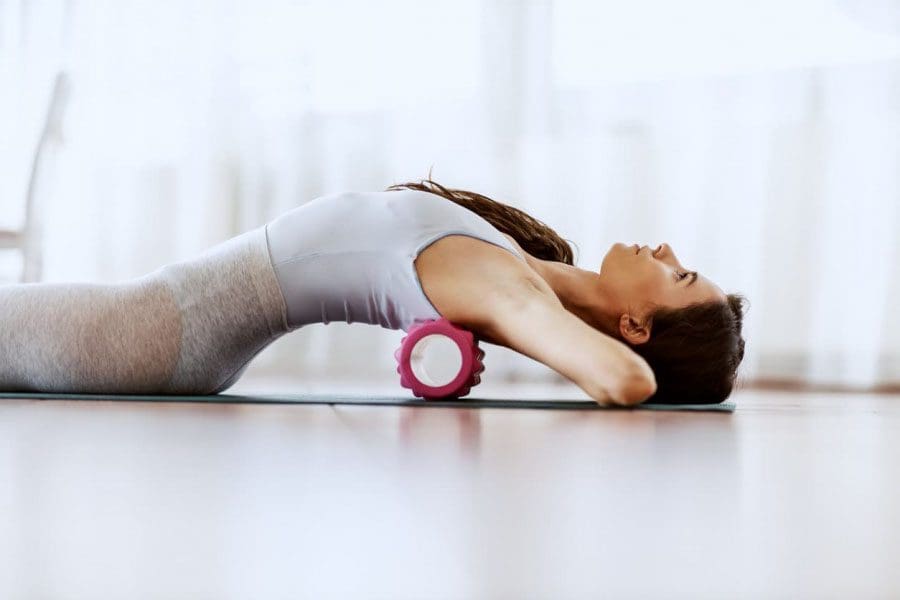
We are not knocking these products/gadgets, as we use these ourselves. But remember these are tools that are made to help out with back pain conditions, just like the tools chiropractors, physical therapists, massage therapists utilize in their practices. That being said this article is to help you make wise decisions about which back pain gadgets can help.
Posture Training/Trainers

These are wearable sensors that vibrate when you begin to slouch, sway forward, hunch over, etc. The pain-relief claims that slouching puts a strain on your spine and that improving posture will help prevent strain and pain.
While this is true what the experts thought about this product was that, while it does help maintain proper posture it is not meant to relieve immediate pain, but rather to re-train your body in maintaining good posture. Therefore pass on this product if your goal is back pain relief.
Slouching places added stress on�the lower back that leads to strains and back pain. These devices can be helpful, just be aware to not hold yourself in an abnormal position causing more problems.
If poor posture contributes to your back pain, try these:
- Exercise, specifically movements that strengthen the core
- Wear comfortable shoes with low heels
- Foot orthotics
- Balance make sure your head is not too forward
Dr. Jimenez adds that if you exhibit constant poor posture, consult a spine doctor or chiropractor to see if it is a structural issue.
Transcutaneous Electrical Stimulation
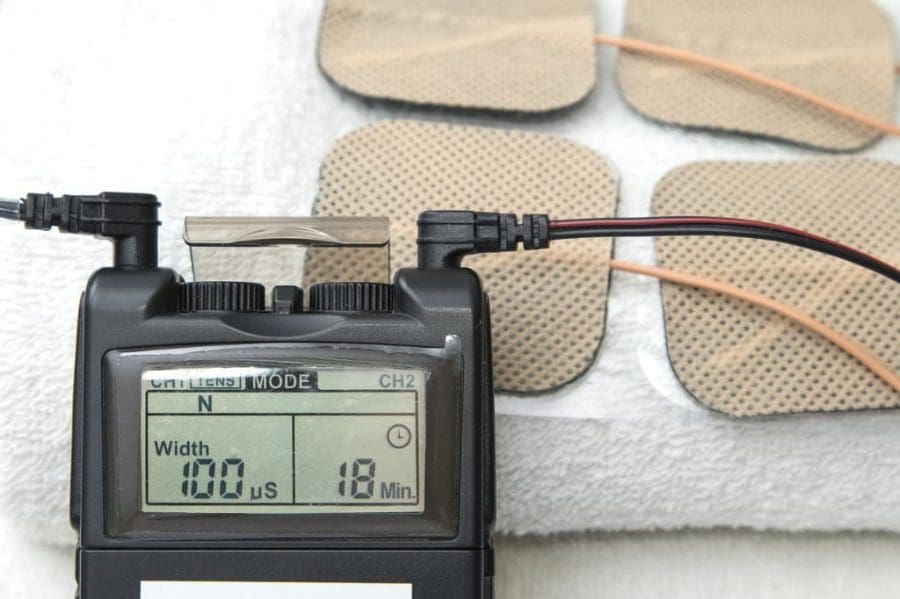
The QUELL�TENS transcutaneous electrical stimulation is a new brand unit that is worn on the calf. The pain-relief claims that it sends out safe electrical pulses that trigger the body’s natural pain relief response. The QUELL can help and is just like most other TENS units.
These units activate opioid nerve receptors, which is one of the reasons they provide pain relief. You can get them for under $50 at drug stores and online. Instead of being applied directly to the sore areas,�it’s worn on the calf and operates on the same TENS principle.� The cost currently is around $300. However, with any TENS unit, be aware that there can be a�relief tolerance that builds up and eventually might not work anymore. TENS units work well, but they�re best used in a physical therapist�s/chiropractic clinic because individuals can become habitually used to them.
Percussive Massager/s
This is a handheld massager that generates pulses of deep pressure along with strong vibrations to loosen and release tight areas. The pain-relief claims that it is similar to a deep tissue massage. These work and do help ease pain symptoms, but are not like a real therapeutic massage. There is limited research on these products but most state that percussive/vibrating massage tools, that can cost hundreds of dollars, could be a little better than a traditional massage for relieving muscle soreness. This has yet to be determined.
High-force massagers could exacerbate or cause further/new injury/s other than muscle soreness when used by untrained individuals. However, in a professional clinic setting research suggests that high vibration applied to the back is an effective physical therapy for low-back pain.
Low-Level Laser Therapy
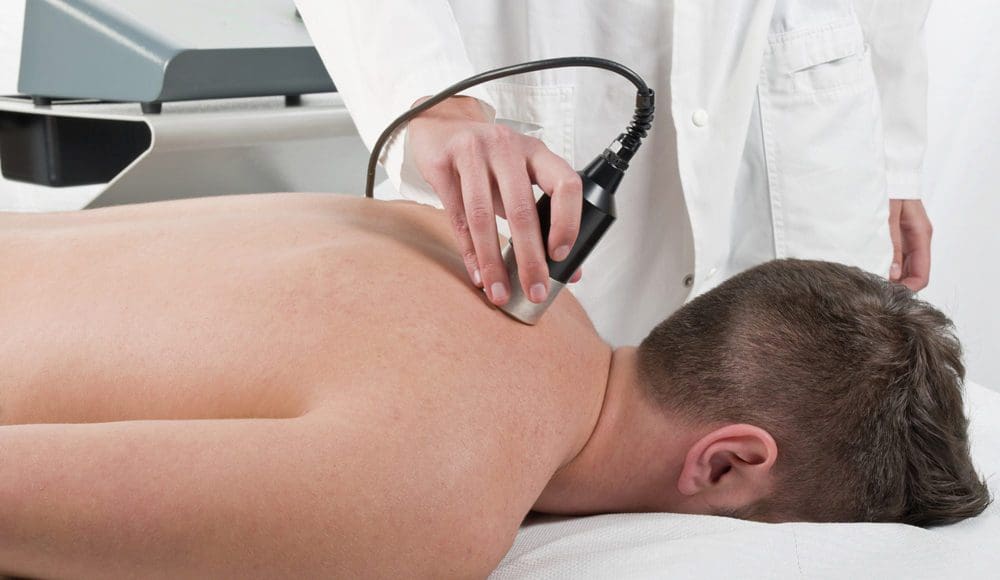
Low-intensity light therapy is used in treating neuropathy pain. The principal is that it triggers biochemical changes in the cells. The pain-relief claims that it reduces inflammation alleviates pain and promotes healing. There is not a great deal of evidence that it helps back pain, but that is only because there is not enough research yet. It doesn�t mean you won�t benefit from it. Laser therapy, which is sometimes utilized in physical therapy and chiropractic clinics, can provide relief for a range of conditions, and this includes back pain.
Simple Massage Tools
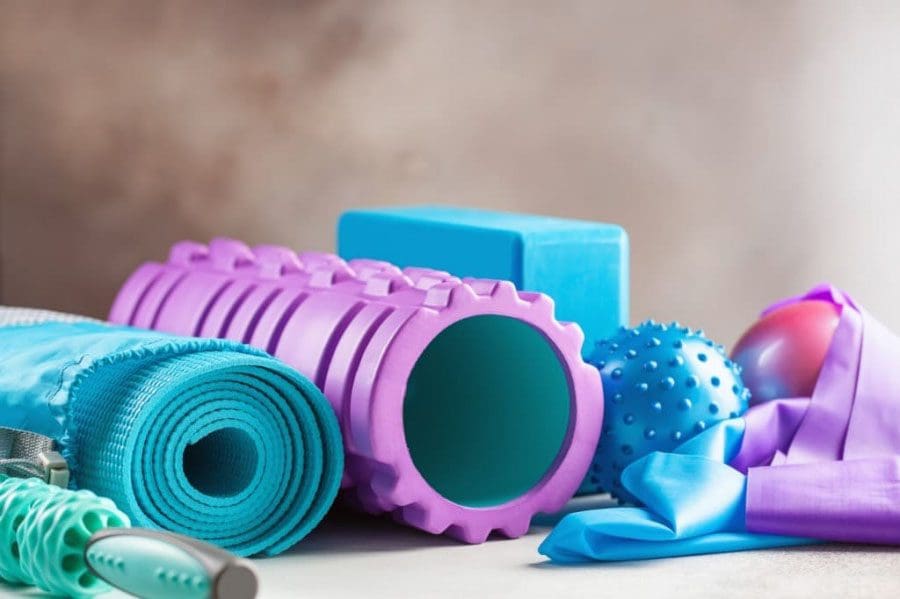
These consist of foam rollers, lacrosse balls, wraps, massage pads, and handheld muscle rollers. The pain-relief claims that they provide mini-massages for sore muscles. These work and can help when used correctly.
These products do not have a great deal of published material on the benefits of these tools. But physical therapists have recommended using these tools along with professional chiropractic/physical therapy. These low-tech massage tools can make your back feel better. They are effective for muscle spasms, are gentle to the soft tissues and improve blood flow circulation with very little risk of tissue damage.
Exercise balls can be included in exercise programs that function in extension and flexion postures. Sitting on them to safely engage and strengthen the core muscles is an added benefit and they are great for maintaining proper posture.
LLT Laser Therapy for Peripheral Neuropathy
NCBI Resources

Ankle Injury, Function and Chronic Pain El Paso
In the United States, ankle�injury/s like�ankle sprains and strains�happen to�people every day.�Around 50 percent of ankle injuries are�misdiagnosed, and not treated correctly, which can lead to disability or chronic ankle pain. An ankle that is not functioning properly affects the whole body. The muscles on either side of the leg and underneath the foot can present with soreness and pain.
This can lead to:
- Loss of mobility
- Uneven walking gait
- Hip pain
- Back pain
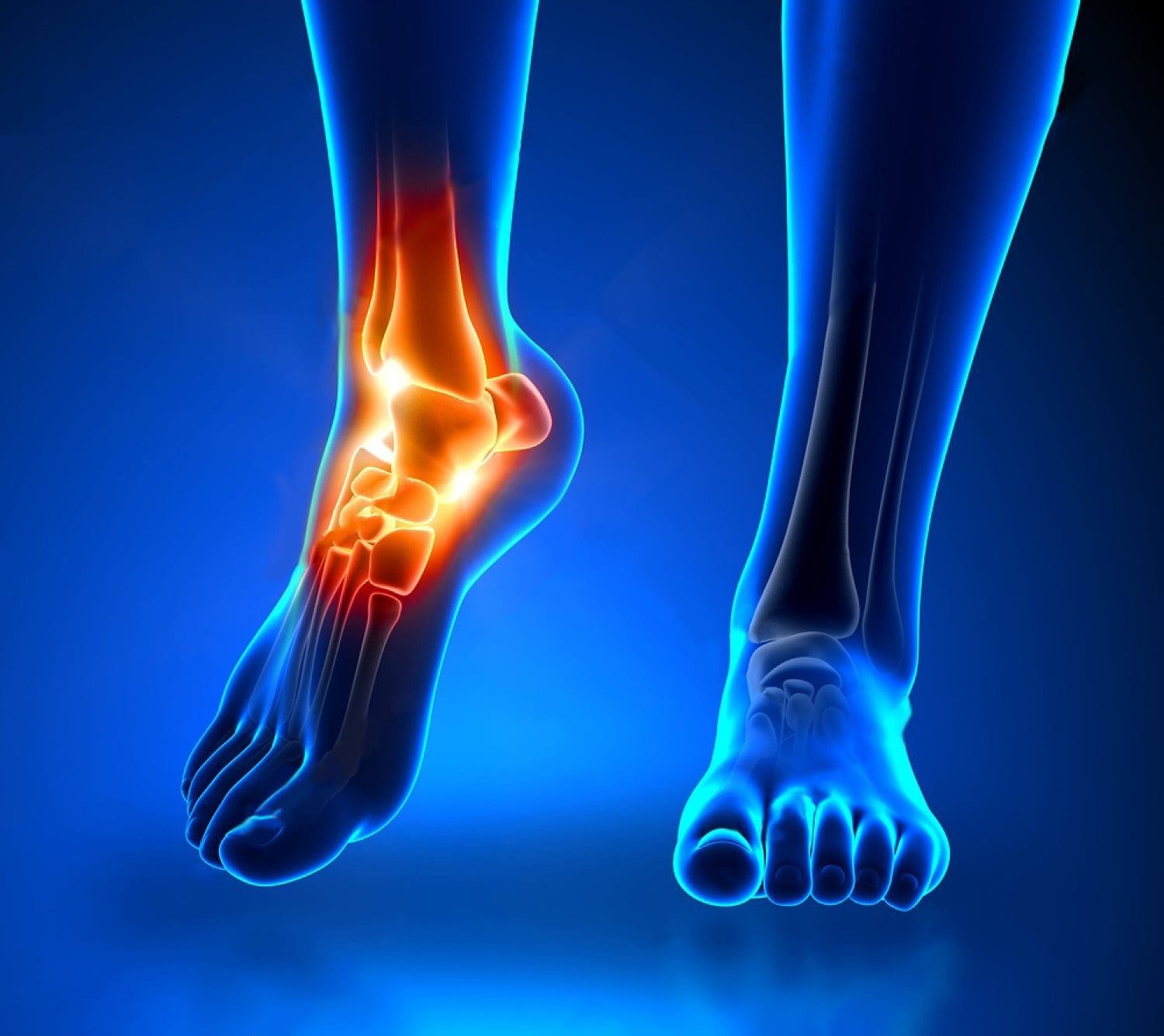
Ankle Anatomy
Three bones are connected to the ankle joint. The lower ends of the shinbone and the lower leg small bone meet to form a socket that the ankle bone sits in. The bottom of the talus rests on the heel bone.
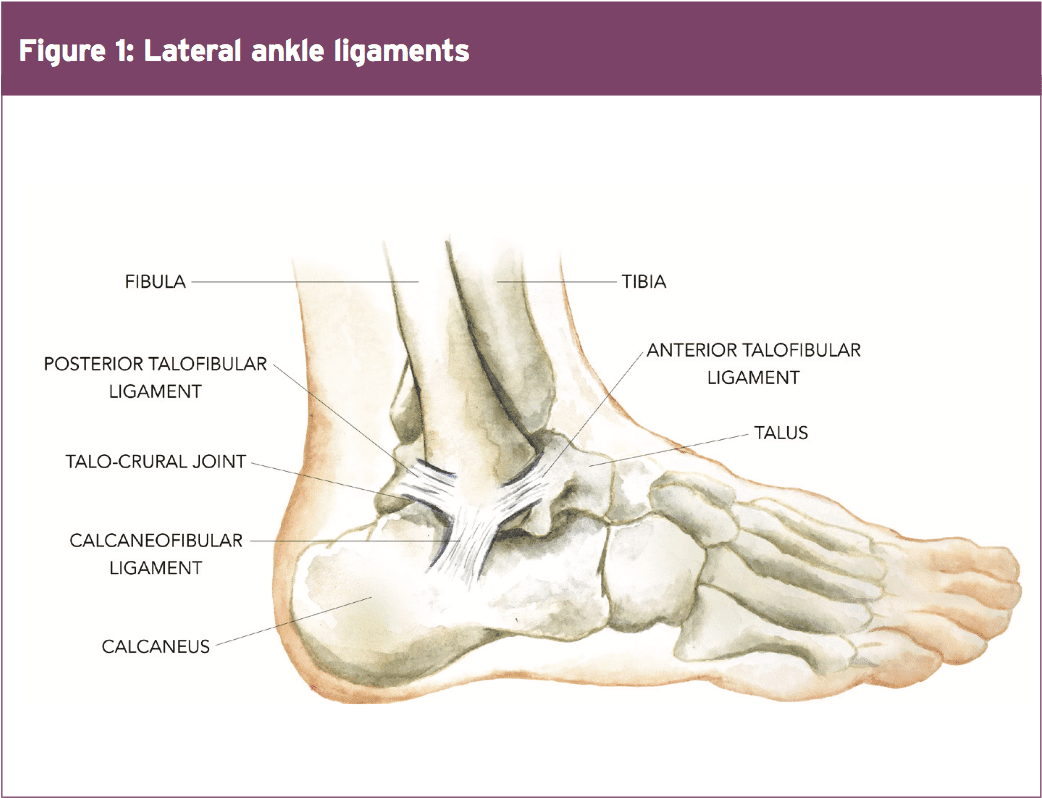
There is around an inch-thick lining of soft cartilage inside the joint. This provides shock absorption for the body’s weight. It is so tough and durable provided there is no injury, it lasts for life. The bones are held together with ligaments and the muscles are attached to the bones by the tendons.
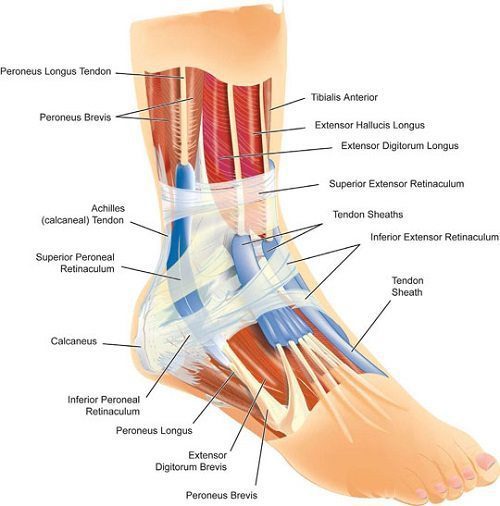
When there is an injury, it can impact the:
- Bone
- Muscles
- Tendons
- Ligaments
Ankle Injury
The standard treatment for ankle pain is R.I.C.E., which means rest, ice, compression, and elevation. Depending on the injury type there is an updated treatment approach that replaces the R with an M, where instead of resting, movement is the more beneficial treatment. This is done to keep the muscles, tendons, and ligaments from swelling, whereas resting would have allowed swelling to set in, thus extending recovery time.
There are certain types of ankle injuries that can be exacerbated by movement so only when it is deemed appropriate, otherwise stick with the rest. Other types of treatment include different techniques of pain control from ibuprofen to prescription meds.
When it comes to severe injuries, like a torn ligament, these could require surgical treatment. X-rays and MRIs are utilized to see if there is an injury and to determine the extent of the injury.
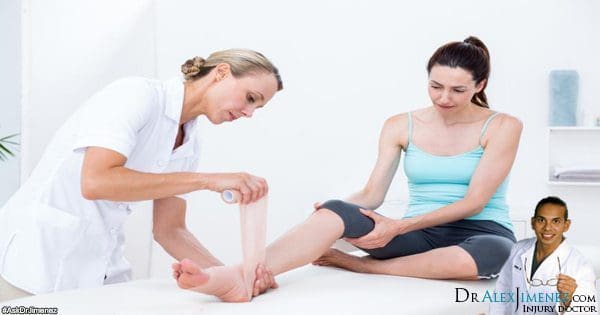
Physical Therapy/Chiropractic
A chiropractor will assess the individual’s source of pain and determine the cause. They will use all the tools available. This includes x-rays, MRI, CT scans, and other diagnostic tools to help them determine the best treatment protocol.
When an ankle injury is new and inflammation has set in along with tenderness, treatment can include:
- Ultrasound
- Iontophoresis
- Whirlpool baths
This is in addition to rest, ice, compression and elevation. As the ankle heals, the inflammation reduces and becomes more stable, ankle adjustments and foot adjustments could be introduced.
Chiropractic can reduce pain without prescription medication and any associated side effects. This is one of the reasons individuals gravitate towards chiropractic. Regular chiropractic can strengthen the ankle, increase its stability and increase mobility and flexibility.
Nerves and soft tissues can also become damaged. Chiropractic therapy promotes blood flow. This speeds the healing process and reduces the chance of further injury. The whole-body approach that chiropractic embraces also deals with a proper diet and a healthy lifestyle like losing weight and exercise. Chiropractic is a very effective therapy for treating ankle pain and injury/s. It is a non-invasive, natural approach to healing that allows and trains the body to heal itself.
Ankle Sprain Treatment
NCBI Resources
Treating Inflammation Naturally | El Paso, Tx (2020)
If you have enjoyed this video and/or we have helped you in any way
please feel free to subscribe and share us.
Thank You & God Bless.
Dr. Alex Jimenez RN, DC, MSACP, CCST
Subscribe: http://bit.ly/drjyt
Facebook Clinical Page: https://www.facebook.com/dralexjimenez/
Facebook Sports Page: https://www.facebook.com/pushasrx/
Facebook Injuries Page: https://www.facebook.com/elpasochiropractor/
Facebook Neuropathy Page: https://www.facebook.com/ElPasoNeuropathyCenter/
Facebook Fitness Center Page: https://www.facebook.com/PUSHftinessathletictraining/
Yelp: El Paso Rehabilitation Center: http://goo.gl/pwY2n2
Yelp: El Paso Clinical Center: Treatment: https://goo.gl/r2QPuZ
Clinical Testimonies: https://www.dralexjimenez.com/category/testimonies/
Information:
Clinical Site: https://www.dralexjimenez.com
Injury Site: https://personalinjurydoctorgroup.com
Sports Injury Site: https://chiropracticscientist.com
Back Injury Site: https://elpasobackclinic.com
Rehabilitation Center: https://www.pushasrx.com
Functional Medicine: https://wellnessdoctorrx.com
Fitness & Nutrition: http://www.push4fitness.com/team/
Twitter: https://twitter.com/dralexjimenez
Twitter: https://twitter.com/crossfitdoctor







